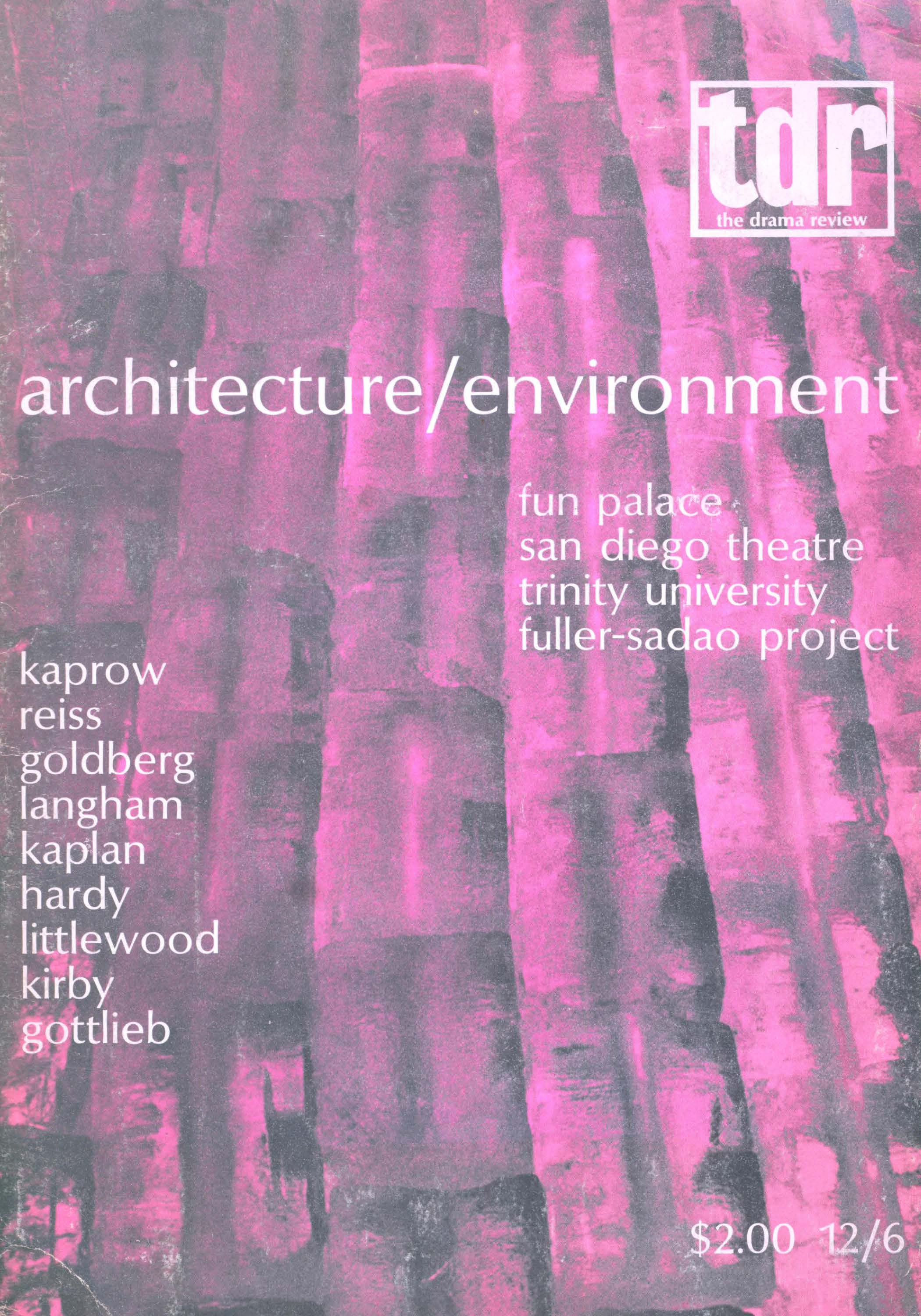Extract
Among the ancient Aztecs and Mayans, the sign of the serpent was often one of rebirth and transfiguration. So it is with the Mexican and Chicano of today—heirs of those moss-covered symbols etched on stone—who are using La Serpiente to signify change. Like the serpent that sheds its old skin, The Teatro Campesino of San Juan Bautista, California, is growing into a new way of life that revolves around the spiritual and material reconquest of their Indian origins.
Luis Valdez and his gente (people) have expanded into El Centro CampesinoCultural (Farmworkers Cultural Center), which is situated on forty acres of land. The center includes, besides the Teatro, facilities for creating music, publications, paintings, videotapes, and films. It also will house the more than thirty members (ranging in age from a year to thirty-four) of the Teatro as well as sheep, cows, chickens, and horses.
- Type
- Indigenous Theatre
- Information
- Copyright
- Copyright © 1974 The Drama Review
Footnotes
The double-headed serpent in the title is an Aztec turquoise mosaic pectoral ornament. It is part of the collection of the British Museum
- 1
- Cited by


